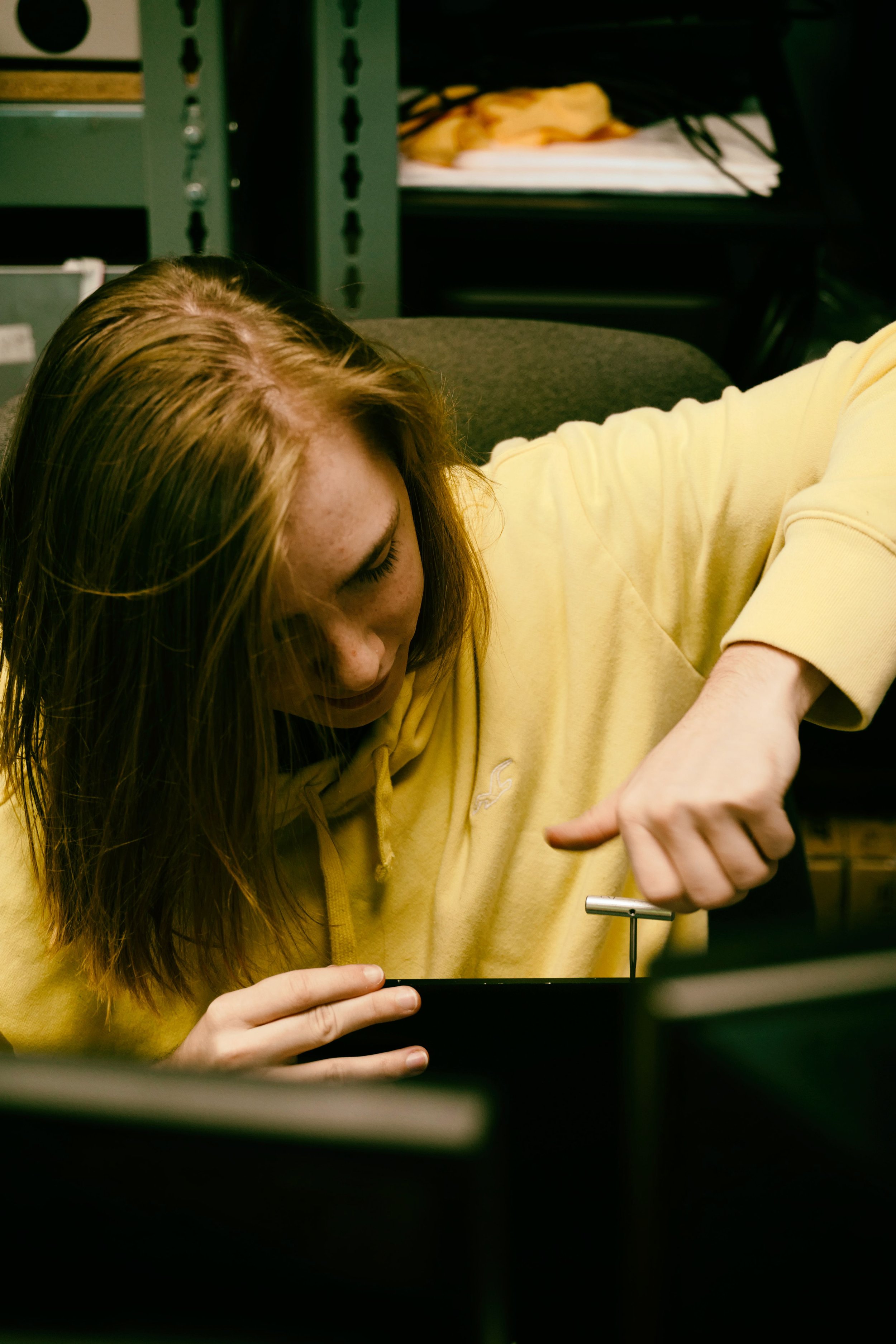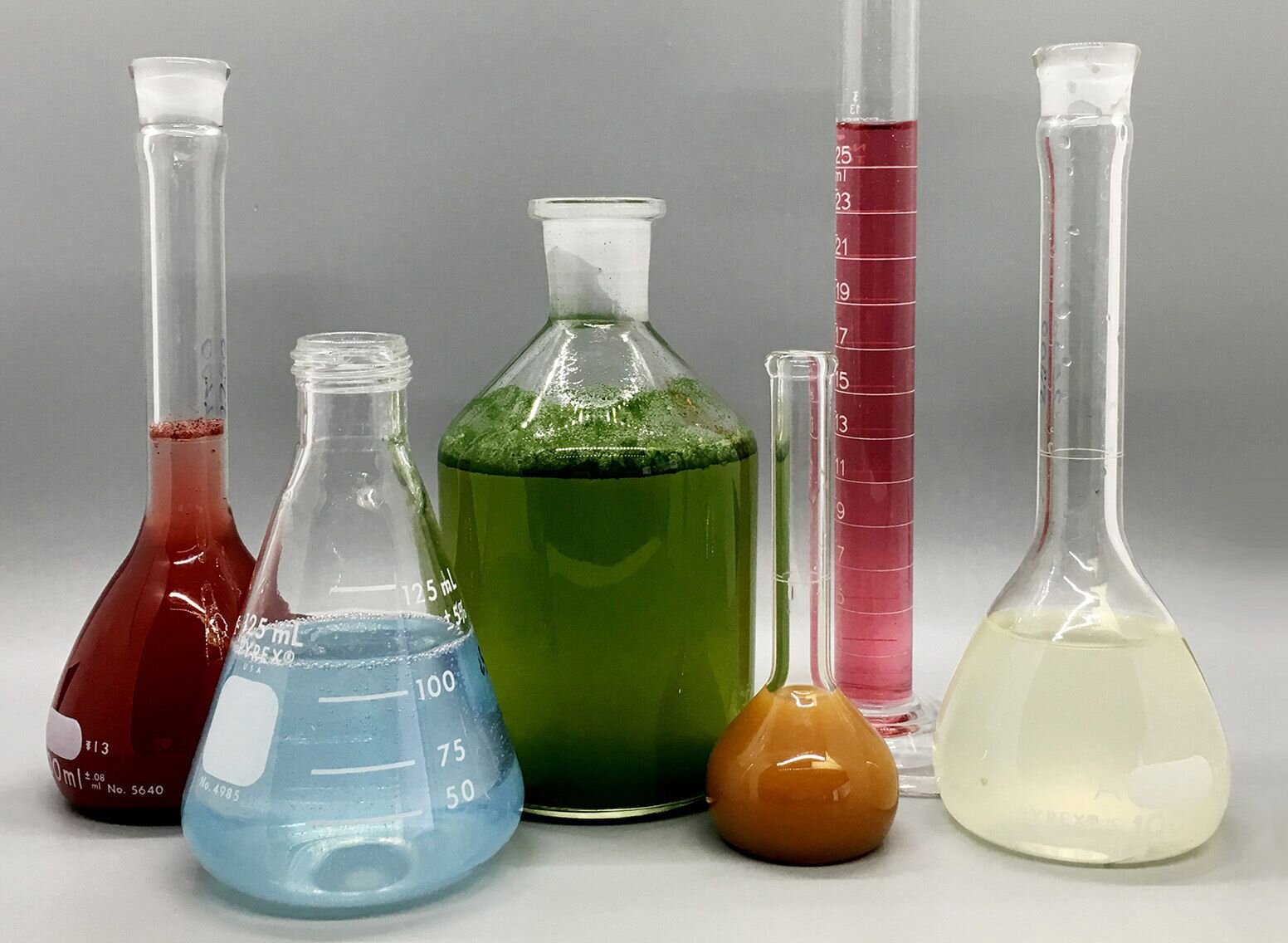What Does Uv/vis/nir Do?
What Does Uv/vis/nir Do?
Blog Article
Little Known Facts About Circular Dichroism.
Table of ContentsHow Circular Dichroism can Save You Time, Stress, and Money.The Main Principles Of Uv/vis What Does Circularly Polarized Luminescence Do?Uv/vis/nir Fundamentals ExplainedWhat Does Circular Dichroism Mean?

Spectrophotometry is a tool that hinges on the quantitative analysis of particles depending on how much light is taken in by colored compounds.
Excitement About Circular Dichroism
A spectrophotometer is frequently utilized for the measurement of transmittance or reflectance of solutions, transparent or nontransparent solids, such as polished glass, or gases. Numerous biochemicals are colored, as in, they absorb noticeable light and therefore can be determined by colorimetric procedures, even colorless biochemicals can frequently be transformed to colored compounds appropriate for chromogenic color-forming reactions to yield substances appropriate for colorimetric analysis.: 65 However, they can also be developed to measure the diffusivity on any of the noted light ranges that usually cover around 2002500 nm using different controls and calibrations.
An example of an experiment in which spectrophotometry is utilized is the determination of the balance constant of a service. A particular chemical response within a service might happen in a forward and reverse direction, where reactants form products and products break down into reactants. At some time, this chemical response will reach a point of balance called an equilibrium point.
Everything about Uv/vis/nir
The quantity of light that goes through the service is a sign of the concentration of specific chemicals that do not permit light to travel through. The absorption of light is because of the interaction of light with the electronic and vibrational modes of particles. Each type of particle has an individual set of energy levels related to the makeup of its chemical bonds and nuclei and hence will absorb light of specific wavelengths, or energies, leading to unique spectral properties.
They are commonly used in lots of markets consisting of semiconductors, laser and optical production, printing and forensic assessment, as well as in labs for the study of chemical compounds. Spectrophotometry is typically used in measurements of enzyme activities, decisions of protein concentrations, determinations of enzymatic kinetic constants, and measurements of ligand binding reactions.: 65 Eventually, a spectrophotometer is able to figure out, depending on the control or calibration, what compounds are present in a target and precisely how much through computations of observed wavelengths.
This would come as a solution to the previously developed spectrophotometers which were not able to take in the ultraviolet correctly.
The Ultimate Guide To Uv/vis
It would be discovered that this did not provide satisfactory outcomes, therefore in Model B, there was a shift from a glass to a quartz prism which permitted for better absorbance results - spectrophotometers (https://dzone.com/users/5082179/olisclarity1.html). From there, Design C was born with a change to the wavelength resolution which wound up having 3 systems of it produced
It was produced from 1941 to 1976 where the cost for it in 1941 was US$723 (far-UV accessories were a choice at extra cost). In the words of Nobel chemistry laureate Look At This Bruce Merrifield, it was "most likely the most crucial instrument ever established towards the advancement of bioscience." Once it ended up being ceased in 1976, Hewlett-Packard developed the first commercially available diode-array spectrophotometer in 1979 known as the HP 8450A. It irradiates the sample with polychromatic light which the sample absorbs depending on its residential or commercial properties. It is sent back by grating the photodiode selection which discovers the wavelength region of the spectrum. Because then, the creation and implementation of spectrophotometry devices has increased exceptionally and has actually ended up being one of the most innovative instruments of our time.

The 3-Minute Rule for Circularly Polarized Luminescence
The grating can either be movable or repaired.
In such systems, the grating is fixed and the strength of each wavelength of light is measured by a different detector in the variety. When making transmission measurements, the spectrophotometer quantitatively compares the portion of light that passes through a recommendation option and a test solution, then digitally compares the strengths of the 2 signals and computes the percentage of transmission of the sample compared to the referral standard.

Report this page